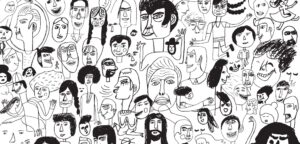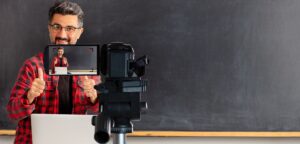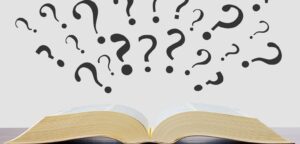
Creating Terrific Readers through Terrible Drawings
Could doodles, sketches, and stick figures help to keep the college reading apocalypse at bay?

Could doodles, sketches, and stick figures help to keep the college reading apocalypse at bay?

My course is literally about teaching reading to young children, a challenge given that research suggests that college students complete only 20–30 percent of assigned readings, a behavior inversely related to academic performance and engagement (Kerr & Frese, 2017; Deale & Lee, 2021). Further exacerbating

When instructors assign readings to students, they generally assume that anyone who has done the reading must know the information in it and that if they don’t, they did not do the reading. In reality, students often have a hard time determining the main

One of the most frustrating things that can happen in higher education is that we assign students a reading that is really interesting and important for an upcoming class discussion. We then go on to design the day’s activities around the reading so that students

Most academic courses require learners to do some amount of reading to provide background in core concepts, to demonstrate applications and use cases, and to elaborate intriguing new applications and directions—or maybe just to navigate the various prompts and guidelines. But reading is a skill,

A lot of professors assign readings as follows: students read a piece of text, respond to it in some way, and come prepared to discuss it in class. Yet over half of students don’t do the assigned readings, and often it’s because professors assign too

As teachers, we would like to believe that when students do the assigned reading, they will understand the content it covers and so can be tested on it or given new information that builds on that understanding. When students do not demonstrate understanding of a

Technology offers teachers new options. What about assigning podcasts to replace some course readings? So far, at least in the literature, teachers have created their own podcasts and used them instead of or as supplements to lectures. In a recent study (Oslawski-Lopez & Kordsmeier, 2021),

Students take notes on an assigned chapter—one page front and back. In addition to these notes that preview the content, students prepare reflective notes that connect the current reading with other content and generate questions about it. Both sets of notes are turned in and

A new survey documents what most teachers already know: students don’t devote much time to their course-assigned readings (Sharma, Van Hoof, & Ramsay, 2019). And that’s not counting students who are doing their very best to get through a course without reading. In this survey,